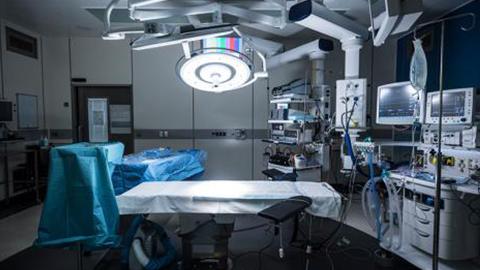
Medical technology has evolved at an incredible pace during the last few decades, and as healthcare becomes more advanced and effective, it also becomes more complex. Modern medical devices used for advanced procedures and accurate patient monitoring require careful calibration, and every component of a medical system must meet applicable health and safety standards.
Most healthcare facilities utilize numerous devices – with some procedures requiring multiple machines to run at once. Customized connectors and cable assemblies ensure these configurations work as intended by attaching multiple devices and instruments safely and effectively. Therefore, medical connectors have grown to play a crucial role in today's healthcare field.
Medical connectors are constructed from either plastic or metal materials. When selecting connectors for your device, it's essential to consider the different capabilities and applications these materials provide. The right choice will depend on the type of connector you need, the functions it will serve, and how many uses you intend to get out of each product.
Disposability vs. Durability
Depending on your needs, you may require connectors that can be thrown out after each use or ones that can be cleaned and utilized repeatedly. Plastic medical connectors are the ideal option for disposable, limited uses, while metal connectors are more durable and can be used for an extended period of time. It's also important to consider the number of mating cycles a connector can handle, especially in facilities that change medical cables multiple times per day. Higher cycle counts mean that cables can be safely reused again and again.
Most medical environments require autoclavable connectors and other components, which means they can withstand water temperatures exceeding 121 degrees Celsius for 20 minutes or longer to ensure full sterilization. Autoclave sterilization systems are a mainstay of modern medicine and ensure that surgical instruments and other reusable components and tools are safe for multiple uses. If an autoclave procedure cannot clean a device or component, it's essential to purchase disposable alternatives. When selecting disposable cable assemblies, it is important to measure quality against affordability, as most medical care facilities will use hundreds of these components each month.
The Benefits of a Custom Medical Cable Assembly
Medical equipment exists across a vast range of procedures and applications, and no two devices are the same. With each machine having a different purpose and incorporating different technology, it's imperative to design the appropriate medical cable device to accompany it. There are many design inputs that must be considered, including everything from technical specifications, like the required voltage or current, to human factor considerations, such as cable size or biocompatibility. This is why developing the right custom cable assembly is so important!
At Amphenol Alden, we can help you design cable assemblies and connectors that are built to your specifications. Our custom products are available in both plastic and metal options, and our team can guide you to the right materials for your needs.
Choosing the Best Medical Connectors for Your Operation
Amphenol Alden strives to help our partners ensure the highest quality patient care in all areas of modern medicine. That's why we provide a wide range of medical connectors in metal and plastic configurations using top-of-the-line materials, such as medical-grade stainless steel. We also specialize in designing custom products crafted to your organization's exact needs and specifications.
For more information about our metal and plastic medical connectors, and to see for yourself why we're known as the industry's connector experts, contact Amphenol Alden today.
